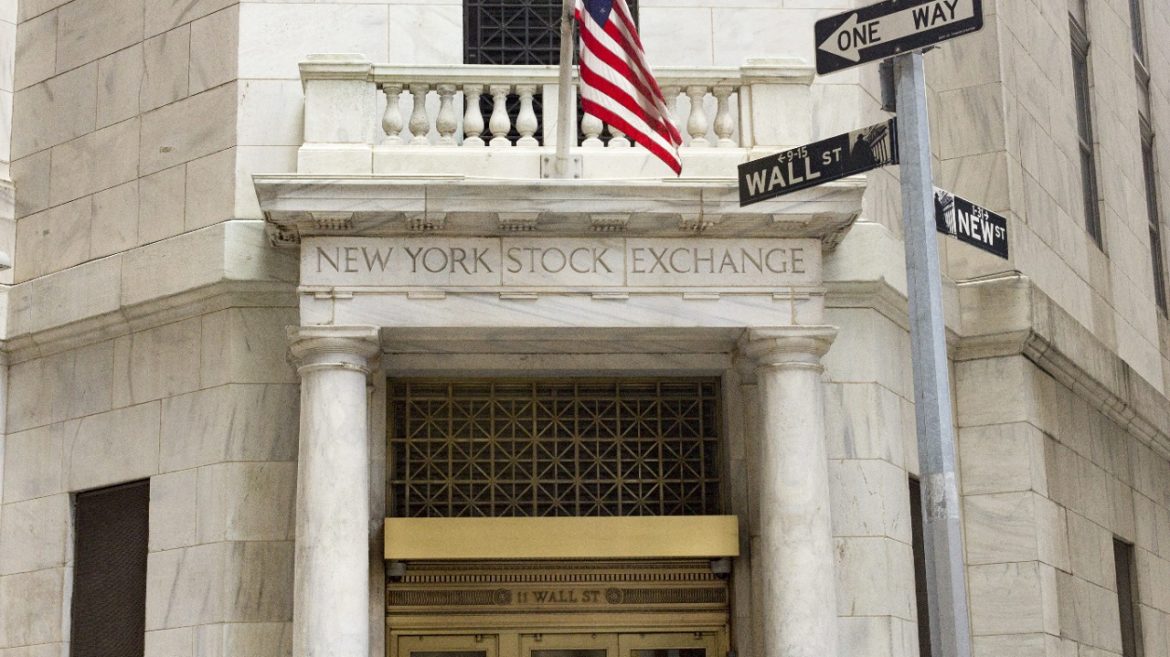The tale of GameStop has much more to say about the current state of investing.”
The central idea in the classic Mel Brooks comedy “The Producers” is that unscrupulous Broadway impresarios could succeed fabulously by creating a play so uniquely awful that it would close on its first day. Their idea was to oversubscribe shares to investors, to the point where hundreds of percentages of ownership could be claimed. But if the show failed spectacularly, there would be no proceeds to fight over, all the investors would accept that their shares were worthless, and no one would know that they had been conned. The producers could pocket the excess money. The only way they could fail would be by producing a hit.
For years, I have been warning that during the age of permanent stimulus (which began in earnest with the Federal Reserve’s reaction to the dotcom crash of 2000), each successive economic contraction would have to be met with ever larger, increasingly ineffective, doses of monetary and fiscal stimulus to keep the economy from spiraling into depression. I have also said that the enormity of the asset price gains over the last 10 years had increased the danger because reflating the bloated stock, real estate, and public and private debt markets would bring on doses of stimulus that could prove lethal for the economy. But even though I expected that the next financial crisis would be catastrophic, I thought that it would come into the world in the usual way, as a credit crisis triggered by over-leverage. But the Coronavirus ripped up those stage notes, and instead ushered in a threat that is faster and deeper than I imagined, and I imagined a lot. It’s a perfect storm, a black swan with teeth.
Rene Magritte’s 1929 painting “The Treachery of Images,” depicts a tobacco pipe with a caption that reads “Ceci n’est pas une pipe,” (French for “This is not a pipe”). Everyone who has taken a course in modern art knows that Magritte’s exercise in contradiction was meant to draw a distinction between a real thing and a representation of that thing. Perhaps we should send Federal Reserve Chairman Jerome Powell a beret and an easel as he is attempting a similarly surrealistic take on monetary policy.
Recently, Jamie Diamond of Citibank made headlines by labeling Bitcoin a fraud. Whether those comments played any part in Bitcoin’s recent sell off is hard to say, but the true believers reacted with predictable outrage given that the comments came from the ultimate Wall Street insider whose financial supremacy is supposedly threatened by crypto currencies like Bitcoin.
Although my critical comments on Bitcoin over the years have not received nearly as much attention, they have been just as summarily dismissed by the crypto currency crowd. But I am a well know libertarian and follower of the Austrian School of economics. I am not a member of the banking establishment, nor am I a fan of fiat money. I should be one of the good guys. But since I happen to own a company that sells gold, a metal that supposedly Bitcoin will soon make obsolete, the crypto crowd looks at me like a stubborn old buggy whip salesmen who refuses to acknowledge that the future resides in horseless transportation.
Well Bitcoin is not the automobile and gold is not a buggy whip. While Diamond’s comments were not 100% on the money, he is right about Bitcoin’s ultimate demise, just wrong about how it will meet its fate and why. While most fear that government will simply look to make Bitcoin illegal (which could be a possibility if Bitcoin could actually deliver on its promises), it is much more likely to die of natural causes.







